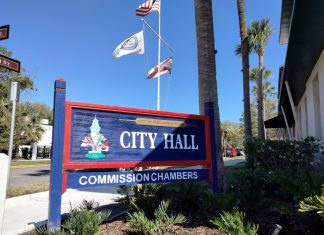by Debi Lander
Venice, Italy, is one of those places that doesn’t quite feel real. Built on water, it stands as both a marvel of engineering and a tribute to human determination. A visit to Venice feels like stepping into a 500-year-old painting that has come to life.
The Venetian lagoon was settled in the 5th–6th centuries AD on wooden piles driven deep into the soft ground. It grew into a powerful maritime republic—a network of canals, bridges, and stone buildings still supported by this unique underwater foundation. The place made my mind drift between reality and dreams.
St. Mark’s Basilica
I started where most visitors do—Piazza San Marco. The square is wide and open, bordered by elegant arcades, cafes and the towering St. Mark’s Basilica. The site immediately grabs your attention with its immense mosaic-covered arches and domes, blending Byzantine, Romanesque and Gothic architecture. Venice was always influenced by both East and West.
Inside, it’s dark and glowing. Mosaics cover practically every inch, illustrating stories from the Bible in gold tiles. The original church was built in the 9th century to house the relics of St. Mark the Evangelist. Legend claims Venetian merchants smuggled his remains out of Alexandria, Egypt, in barrels of pork fat. While the story sounds unbelievable, the relics remain inside the basilica, and the city has claimed Mark as its patron saint ever since.
The Doge’s Palace and Bridge of Sighs
Next door stands the Doge’s Palace, once the seat of government and home to Venice’s ruler. Its pink and white lacy stonework looks delicate from the outside, but inside I was overwhelmed by grand halls filled with enormous historic paintings. I walked through the Hall of the Great Council, where laws were debated beneath a gilded ceiling.
From there, a narrow corridor led to the Bridge of Sighs, connecting the palace to the old prison. Standing inside, I looked through the tiny window where prisoners supposedly took their last glimpse of Venice before sentencing—hence the name. It’s a chilling contrast to the splendor of justice above.
The Grand Canal and gondolas
With no cars, the Grand Canal acts as Venice’s main boulevard, curving like a lazy S through the heart of the city. Ride a vaporetto, the public water bus, to take it all in. See the old palaces, churches and hotels, all facing the water as they have for centuries.
Later, I splurged on a gondola ride—touristy, yes, but worth it. Gliding through the side canals, you pass under bridges, see laundry hanging, and finish beside mooring poles painted in bright blue and white. I loved the shimmering reflections of ancient facades, some crumbling and covered in moss, others restored. Venice is sadly decaying, yet the city continues to thrive.
Museums and local life
I visited many churches filled with art and Ca’ Rezzonico, a museum set in an 18th-century palace. Rooms are filled with period furniture, Murano glass chandeliers, and paintings that give a glimpse into aristocratic life. It’s easy to picture masked balls and the life of Casanova playing out in these rooms.
But the best moments happened away from the crowds—in the back canals and neighborhoods, where I stayed in a small apartment. Here, Venice feels more authentic. Locals shop at small markets, children play in alleyways, and I got lost more than once, wandering into quiet courtyards and crossing tiny bridges.
Venice may be aging, but it still moves with life. Wear comfortable shoes, allow time to wander, and let yourself get a little lost. Venice always leads you somewhere worth seeing.
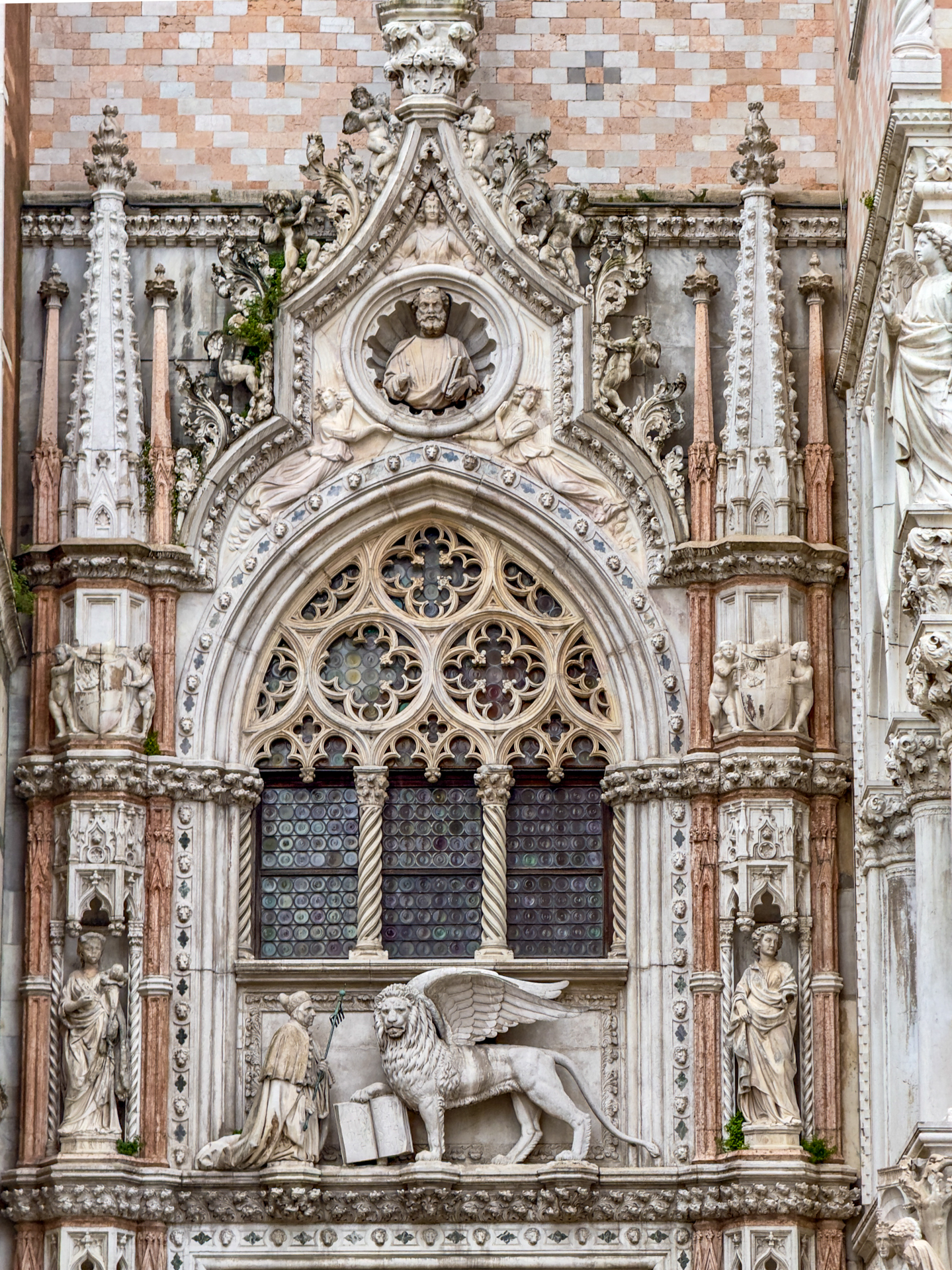
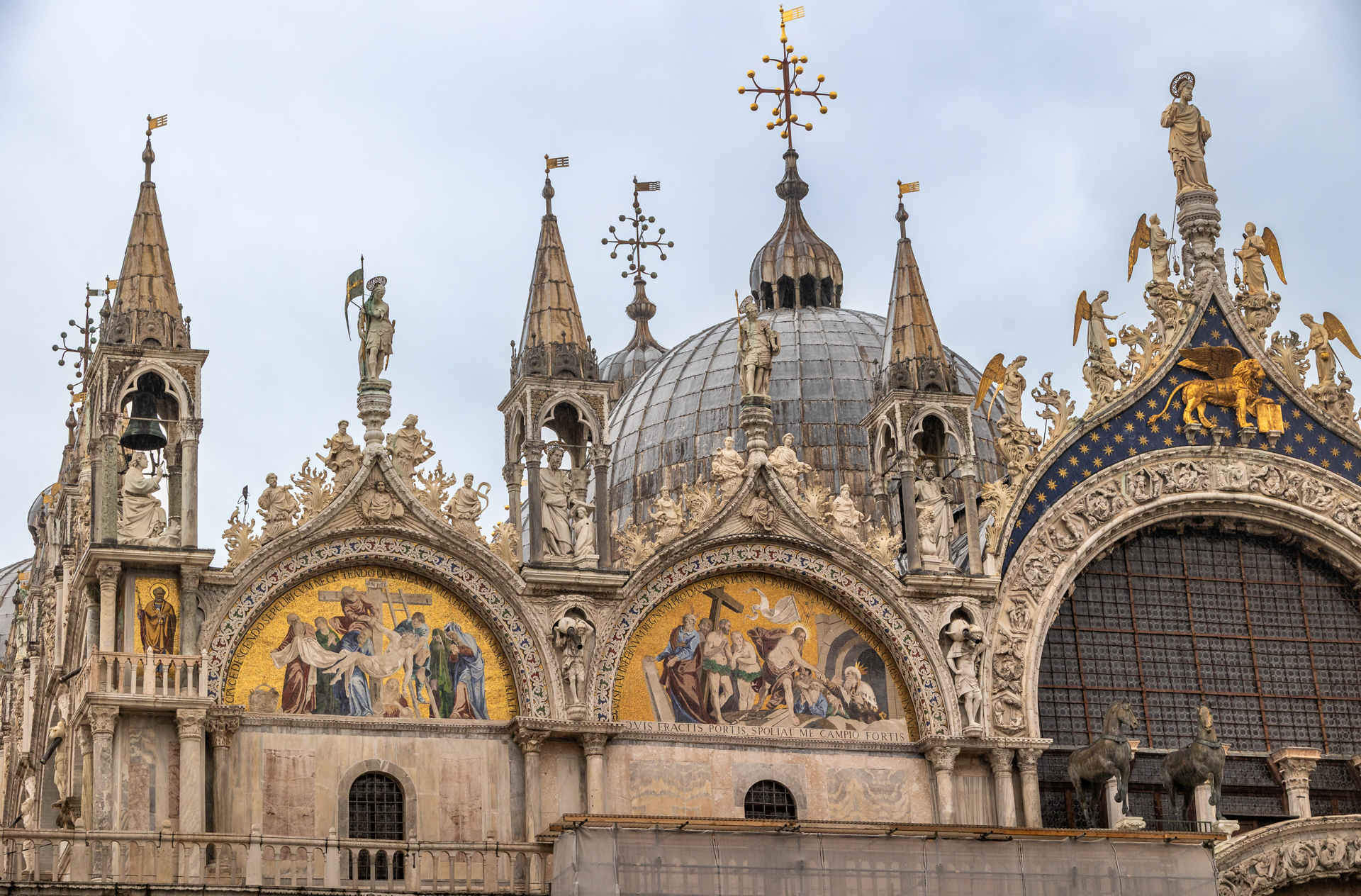
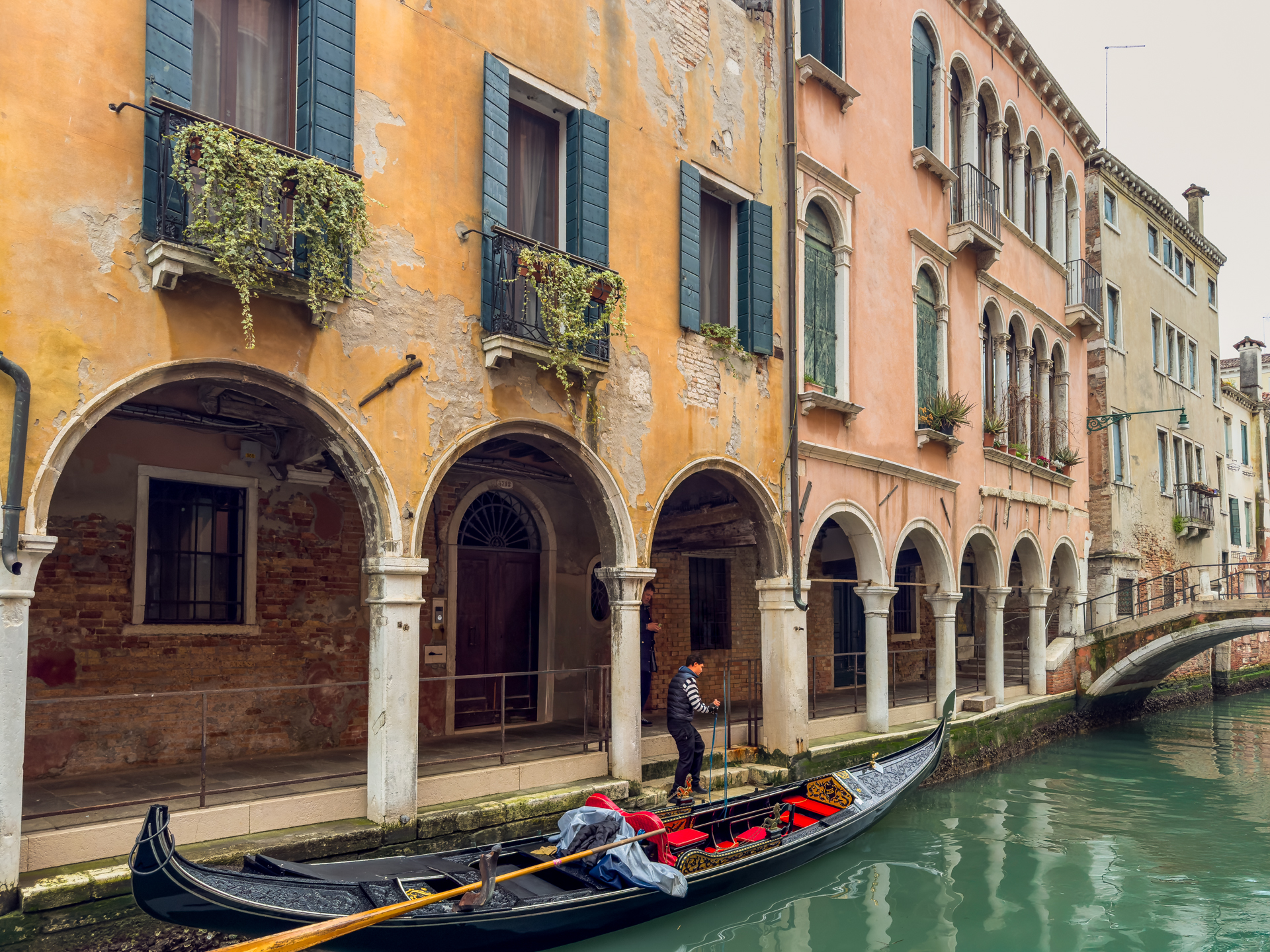
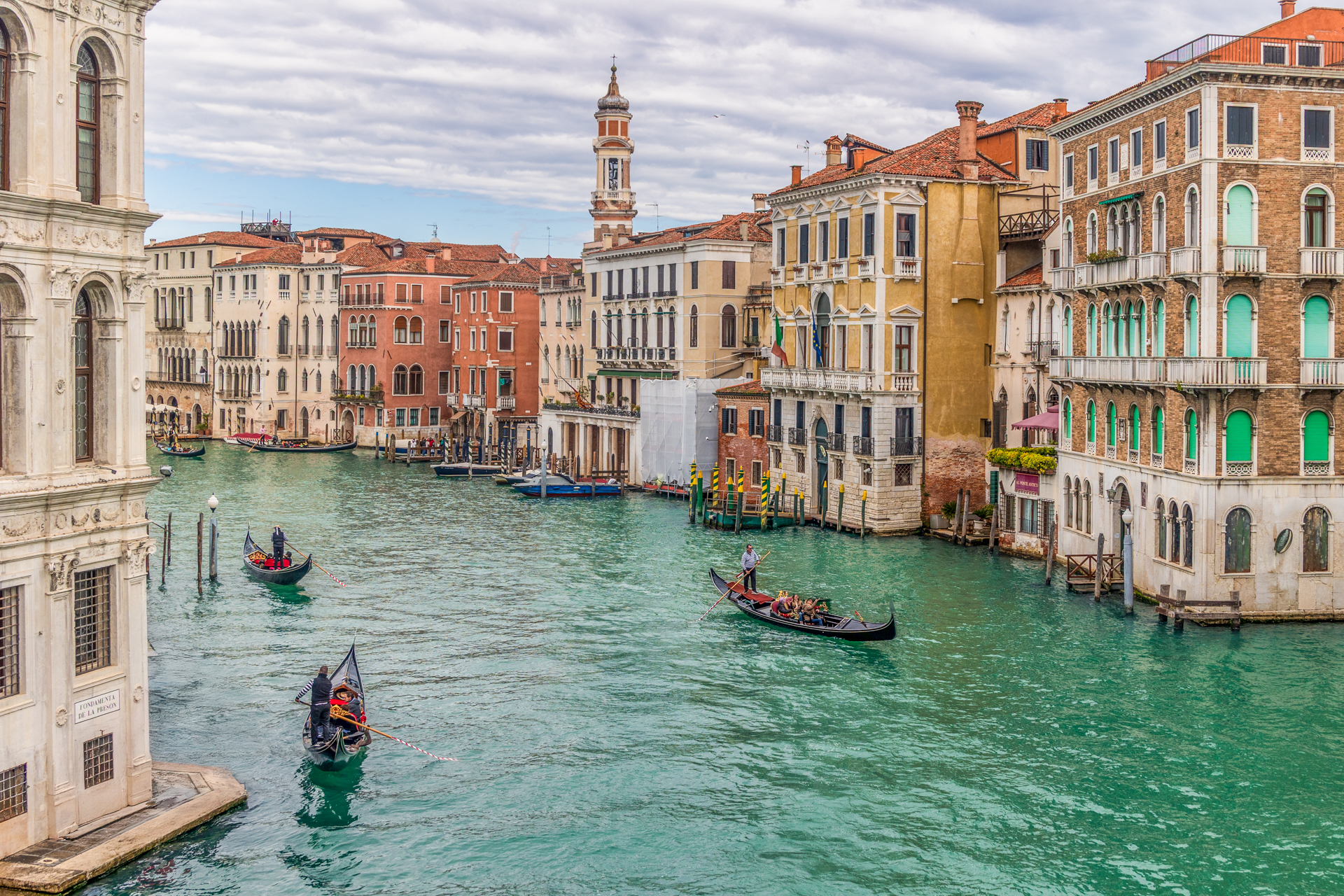
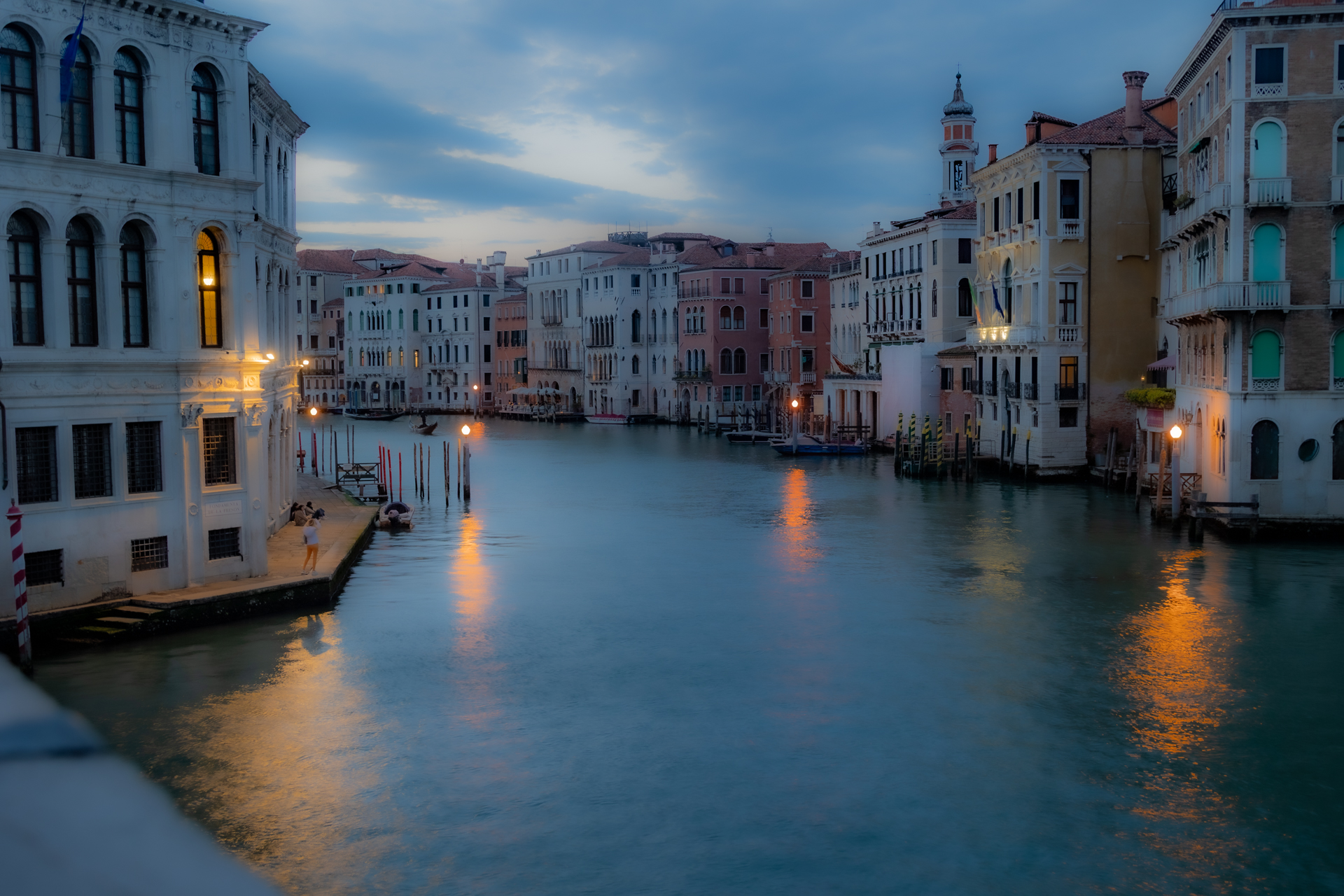
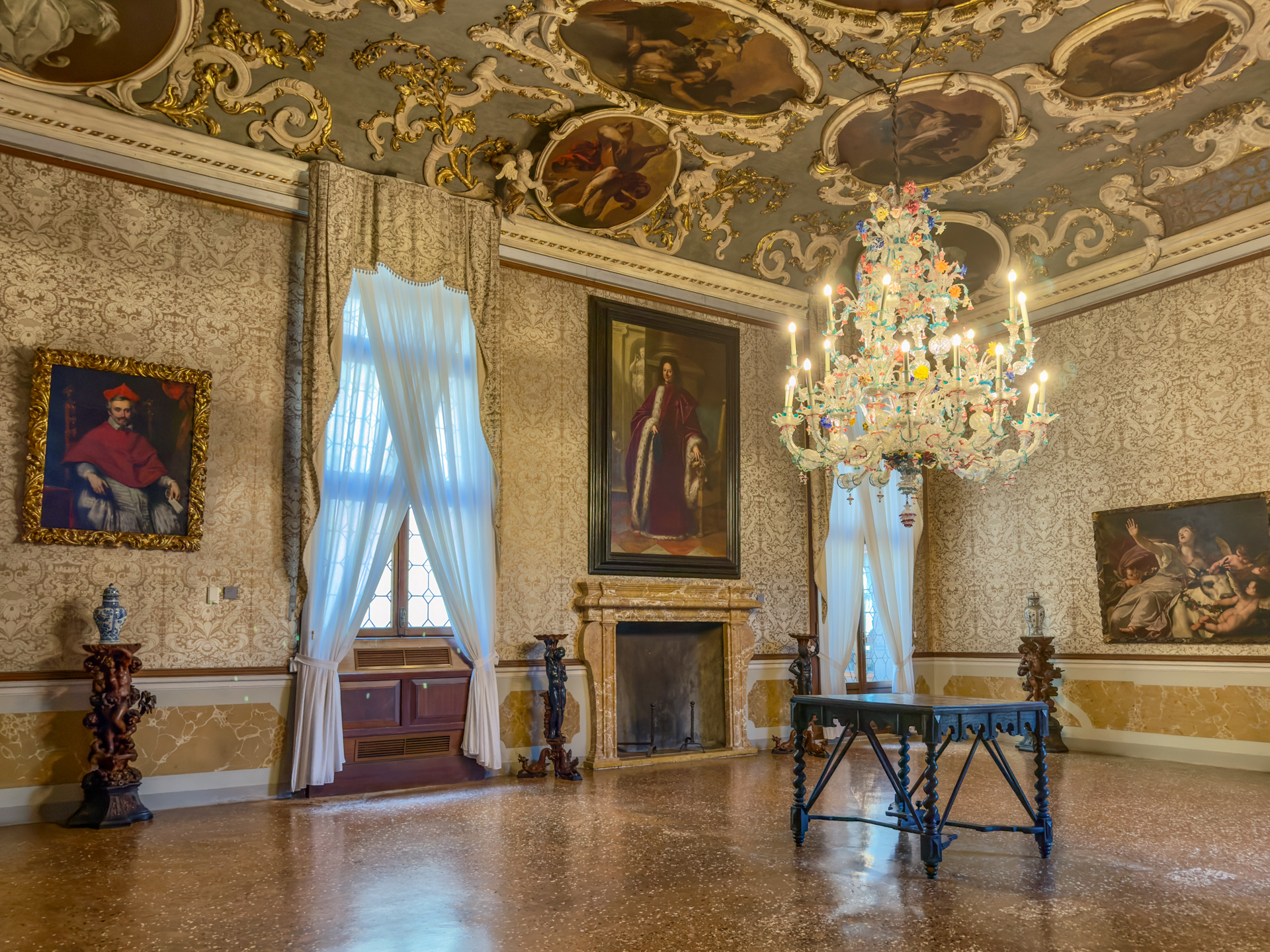
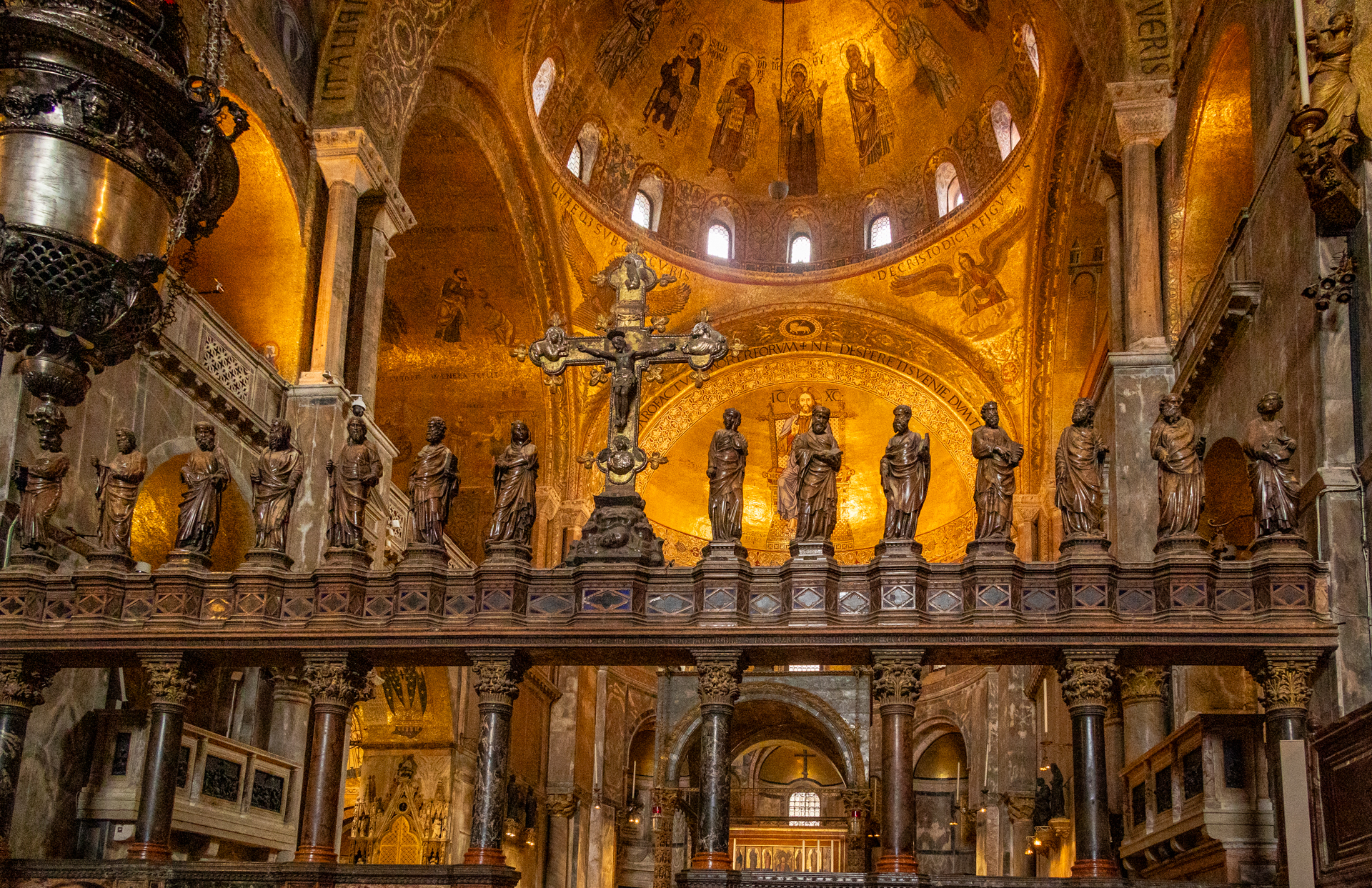
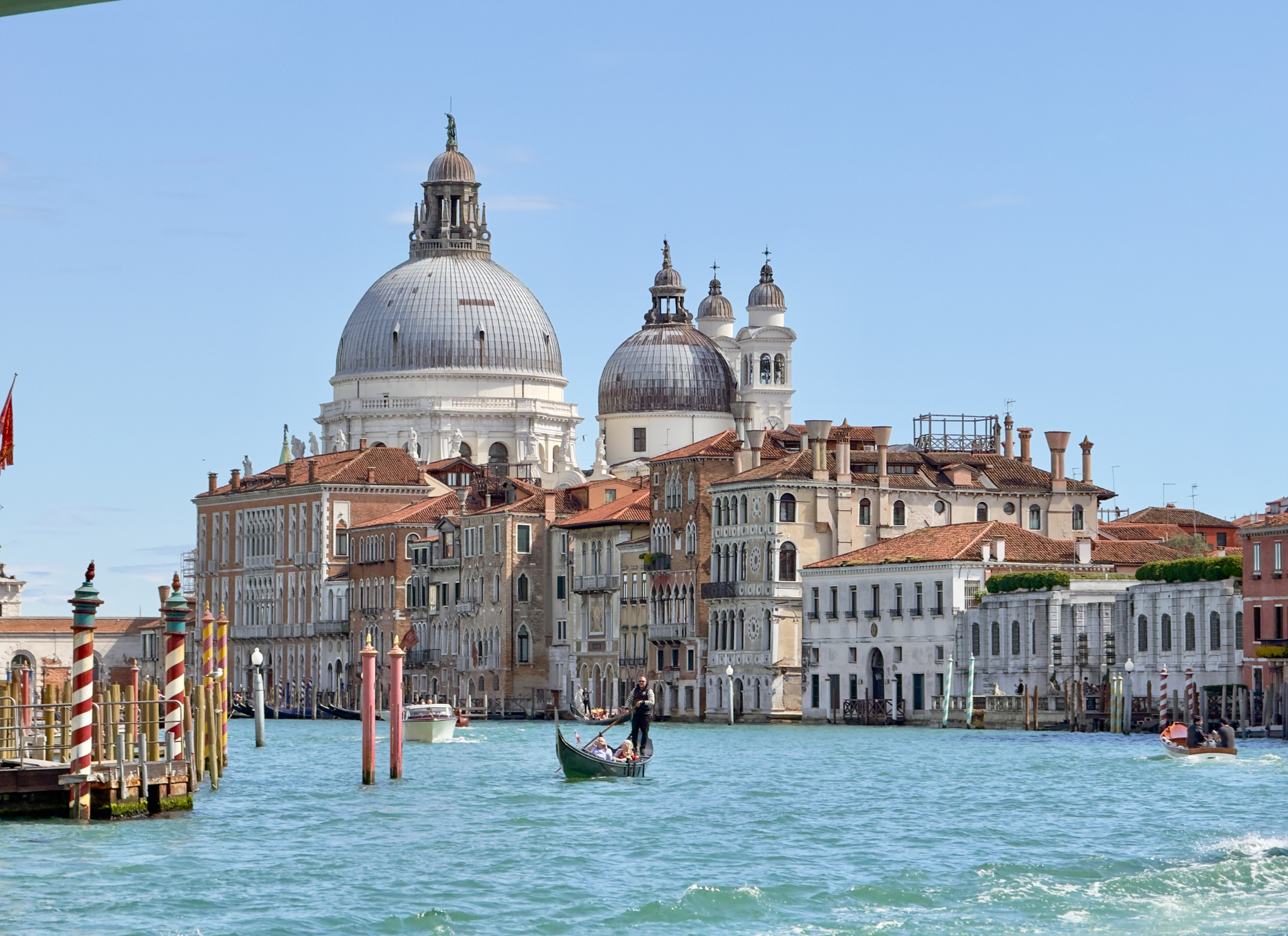
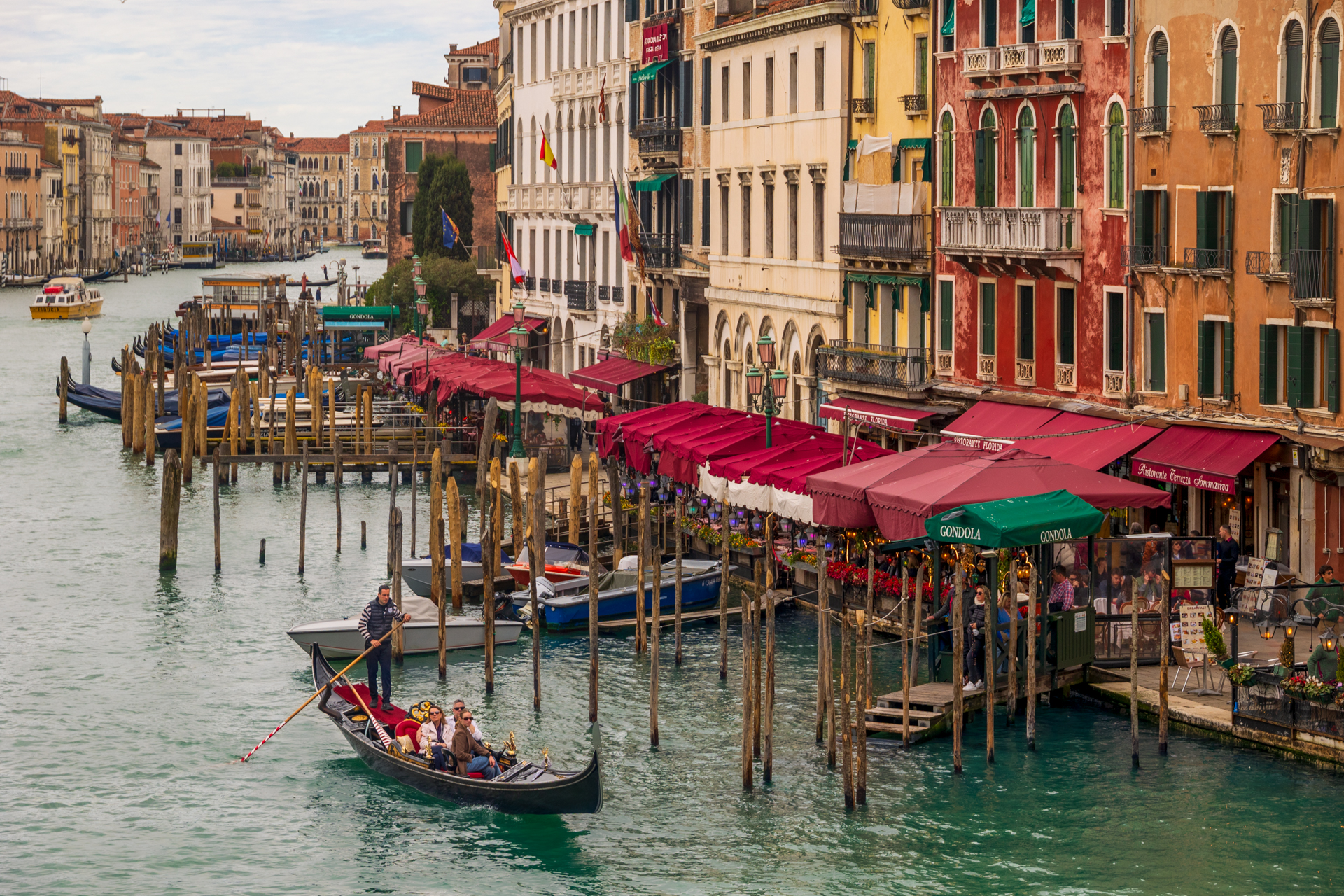
Visit www.bylandersea.com to read more of local travel writer Debi Lander’s stories and travel tips.




